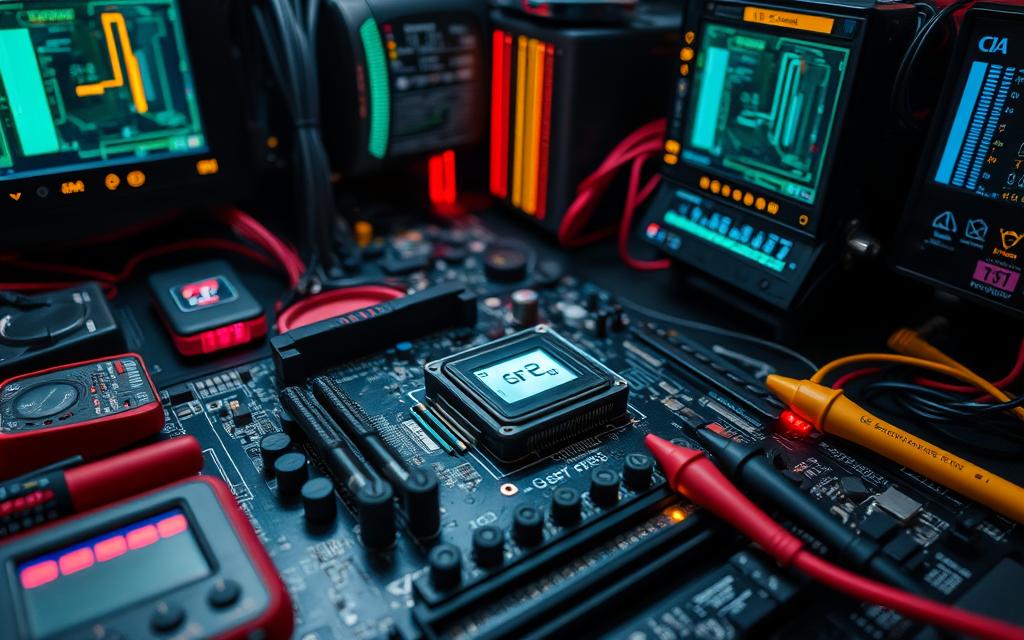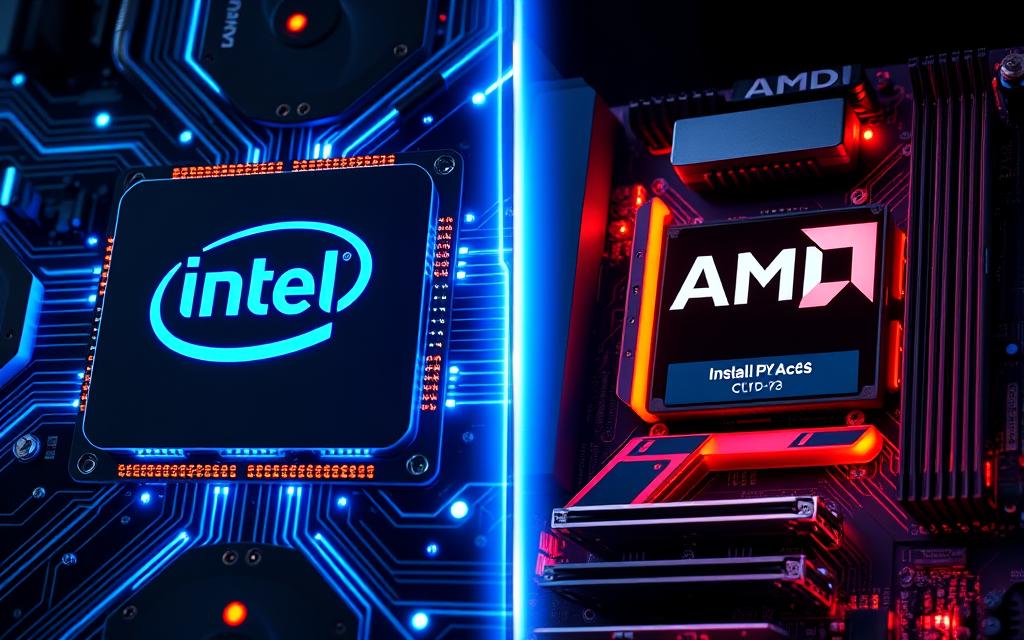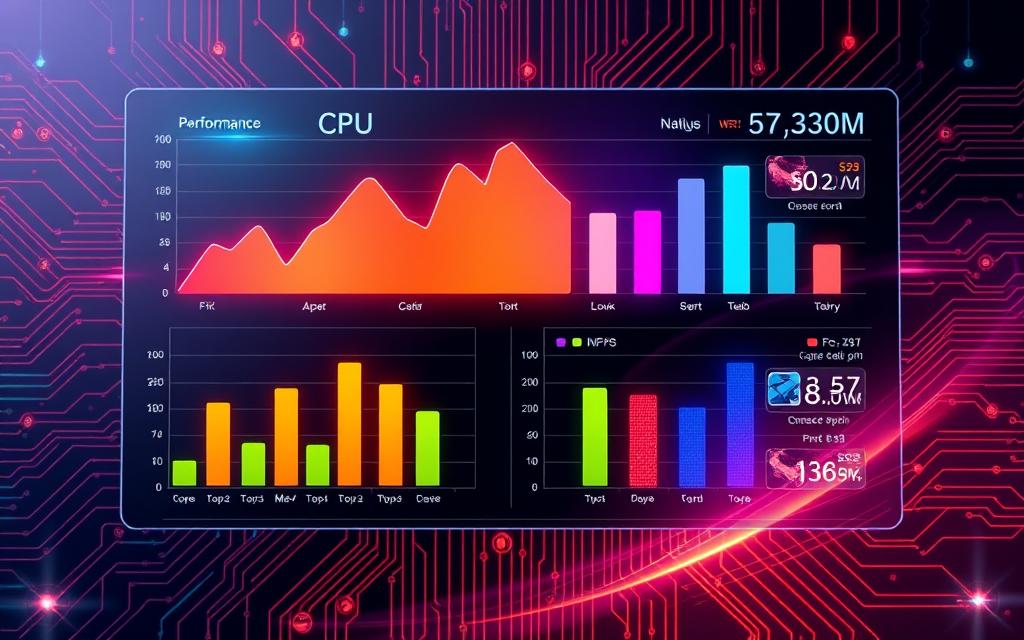Are you frustrated by a sluggish computer? You’re not alone. Many users experience slow PC performance, and while there are various potential causes, your CPU might be the main culprit. This article is designed for those who want to understand how to effectively diagnose CPU issues. By learning the common symptoms of a slow PC and identifying factors that contribute to performance problems, you can take proactive steps for a CPU health check. With the right information, you can move towards effective slow PC solutions that enhance your system’s speed and functionality.
Understanding Slow Computer Performance
Slow computer performance can create frustration and hinder productivity. Understanding the common symptoms of slow PC operation helps in diagnosing the issues effectively. Recognizing these symptoms early allows users to tackle problems before they escalate.
Common Symptoms of a Slow PC
Identifying slow computer performance involves noting several key signs that indicate potential issues. Common symptoms of slow PC include:
- Sluggish application launches
- Extended loading times
- Unresponsive interface
- Frequent freezing during tasks like web browsing
- Long boot times
- Increased error messages
Factors Contributing to Slow Performance
Several factors can lead to slow computer performance. A thorough system analysis may reveal the following contributing elements:
- Excessive background processes that consume system resources
- Outdated software and drivers that hinder efficiency
- Inadequate RAM, with 4 GB being the minimum for a 32-bit system and 8 GB for a 64-bit system
- Full hard drive, where maintaining at least 500 MB of free space is recommended for optimal performance
- Malware or viruses that can significantly affect speed
- Hardware limitations, particularly in older machines that may start performing slower after five years
- Neglected maintenance tasks like defragmenting hard drives and running disk checks
By recognizing the common symptoms of slow PC and taking proactive steps, you can improve the overall performance of your computer and enjoy a more efficient experience. Regular maintenance and timely upgrades, such as considering memory enhancements after two years, contribute to sustained productivity.
Key Components Impacting Performance
The performance of your computer relies heavily on various hardware elements. Understanding these can help you diagnose and address slow performance issues effectively. Among these elements, the CPU plays a pivotal role in performance and is crucial for ensuring your system operates smoothly.
Importance of CPU in Performance
The CPU, or Central Processing Unit, orchestrates tasks and processes data in your computer. It significantly affects the overall speed and efficiency of your system. An underperforming CPU can lead to reduced processing speed, causing a variety of issues like unexpected shutdowns or system crashes. Overheating often hampers CPU performance as well, with symptoms including loud fan noise and sluggish operation. Dust accumulation can hinder airflow, exacerbating overheating problems. Regular cleaning and maintenance can mitigate these issues. For older CPUs, reapplying thermal paste can enhance heat transfer, ensuring that the CPU runs optimally.
Other Hardware Elements to Consider
Beyond the CPU, various other hardware elements affect performance. Background processes that consume excessive resources can slow down the CPU, while outdated drivers may also contribute to performance declines. Implementing timely updates for chipset and related drivers can significantly improve processing speed. Additionally, malwares pose a serious threat; they can drastically reduce CPU performance. Conducting a thorough antivirus scan is vital. Further, diagnosing hardware issues such as power supply problems or physical damage to CPU sockets can prevent crashes and instability. Monitoring CPU usage during intensive tasks is essential to identify potential bottlenecking, suggesting necessary upgrades or adjustments may be required.
Diagnosing CPU Issues
When it comes to troubleshooting performance problems on your computer, diagnosing CPU issues plays a crucial role. This process typically starts with utilizing the Task Manager, a built-in tool that provides insights into running applications, processes, and overall resource usage. By conducting a task manager analysis, you can identify performance bottlenecks and gain a clearer picture of what might be hindering your system’s efficiency.
Using Task Manager for Analysis
The Task Manager offers a straightforward interface for observing how your CPU is performing. Accessing this tool is simple; just right-click on your taskbar and choose “Task Manager.” Within this tool, you’ll find a list of all active processes along with their CPU usage. If you notice any programs consistently consuming a significant portion of your CPU’s resources, this could indicate that those resource-intensive programs are causing slowdowns and may need further investigation or termination.
Identifying Resource-Intensive Programs
In many cases, specific applications can monopolize your CPU’s processing power. Regularly reviewing these programs allows you to pinpoint potential culprits behind sluggish performance. Be on the lookout for unwanted applications that you might not need currently running, as they contribute to diagnosing CPU issues effectively. You can prioritize your tasks accordingly, closing unnecessary processes to improve overall system performance. Additionally, if you’re frequently encountering random crashes or rebooting, this may signal deeper CPU-related problems requiring prompt action.
Effective Solutions for Slow Performance
Addressing slow computer performance involves a series of practical steps that you can take. By implementing effective rebooting computer solutions, upgrading your storage, and managing browser data, you can significantly enhance the speed and efficiency of your device.
Rebooting Your Computer
One of the simplest yet most effective methods to improve your computer’s performance is through regular rebooting. This step can clear out memory, reset applications, and terminate any processes that may be stuck. Research suggests that regularly turning off your computer can resolve various issues and refresh the system, ultimately enhancing its responsiveness.
Upgrading to Solid State Drives (SSD)
Considering a solid state drive upgrade can have a remarkable impact on your computer’s speed. As of August 2021, the cost of a 512GB SSD is around $50, while a 1TB SSD can be purchased for under $100. This investment can lead to quicker boot times and a more responsive system, particularly when dealing with large files or running multiple applications.
Clearing Browser and Disk Space
Another critical step involves clearing browser disk space and managing your storage effectively. Keeping your hard drive free from clutter is essential as performance can significantly degrade when storage levels exceed 90%. Reduce the number of open tabs and windows in browsers, as applications like Google Chrome are notorious for consuming substantial memory. Additionally, refreshing your web browsers can resolve over 90% of common browser-related issues.
Conclusion
In summary, slow computer performance can often be traced back to diagnosing CPU issues, which may stem from overheating, dust buildup, or aging components. You’ve learned the importance of performing effective diagnostics to identify symptoms such as frequent crashes or sluggish performance during intensive tasks. Understanding these signs can empower you to take the necessary steps toward improving slow PC performance.
Implementing solutions like upgrading to solid state drives (SSDs), rebooting your computer, or regularly clearing disk space can significantly enhance your system’s functionality. Additionally, maintaining your CPU with proper cooling and periodic updates to BIOS and drivers can help prevent long-term damage and maintain stability. Remember, regularly monitoring your system is key to catching issues before they escalate.
By committing to systematic diagnostics and maintenance, you not only ensure your computer runs smoothly but also maximize your investment in technology. Taking these proactive measures can greatly extend your system’s lifespan, providing you with an optimal computing experience.










